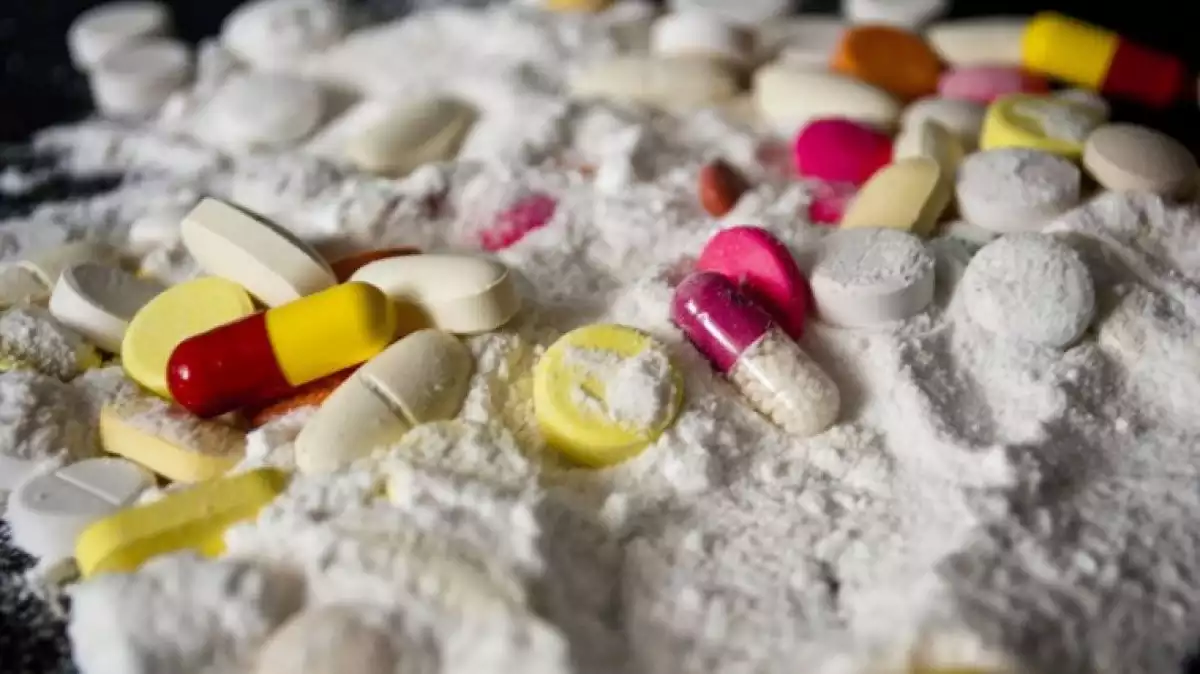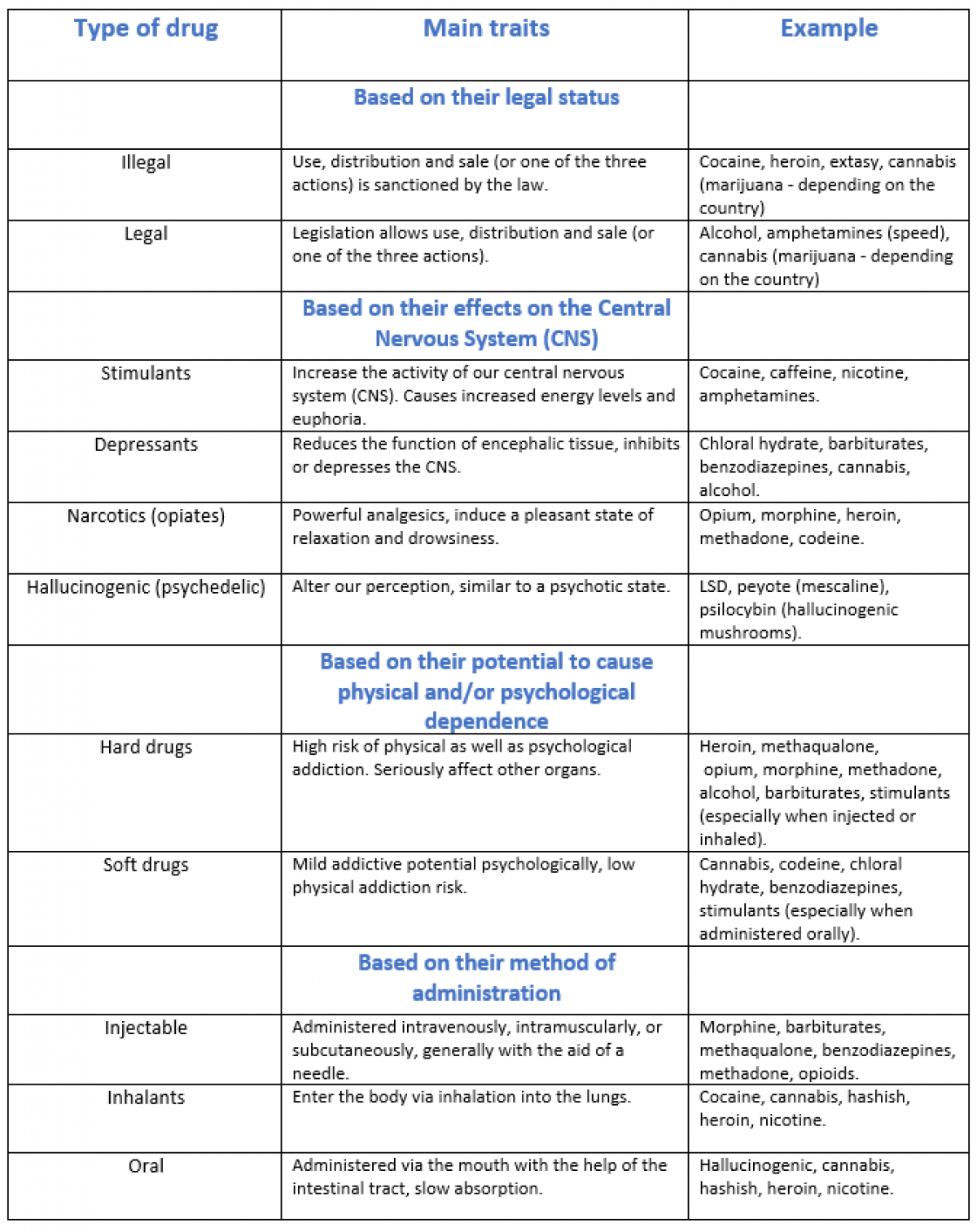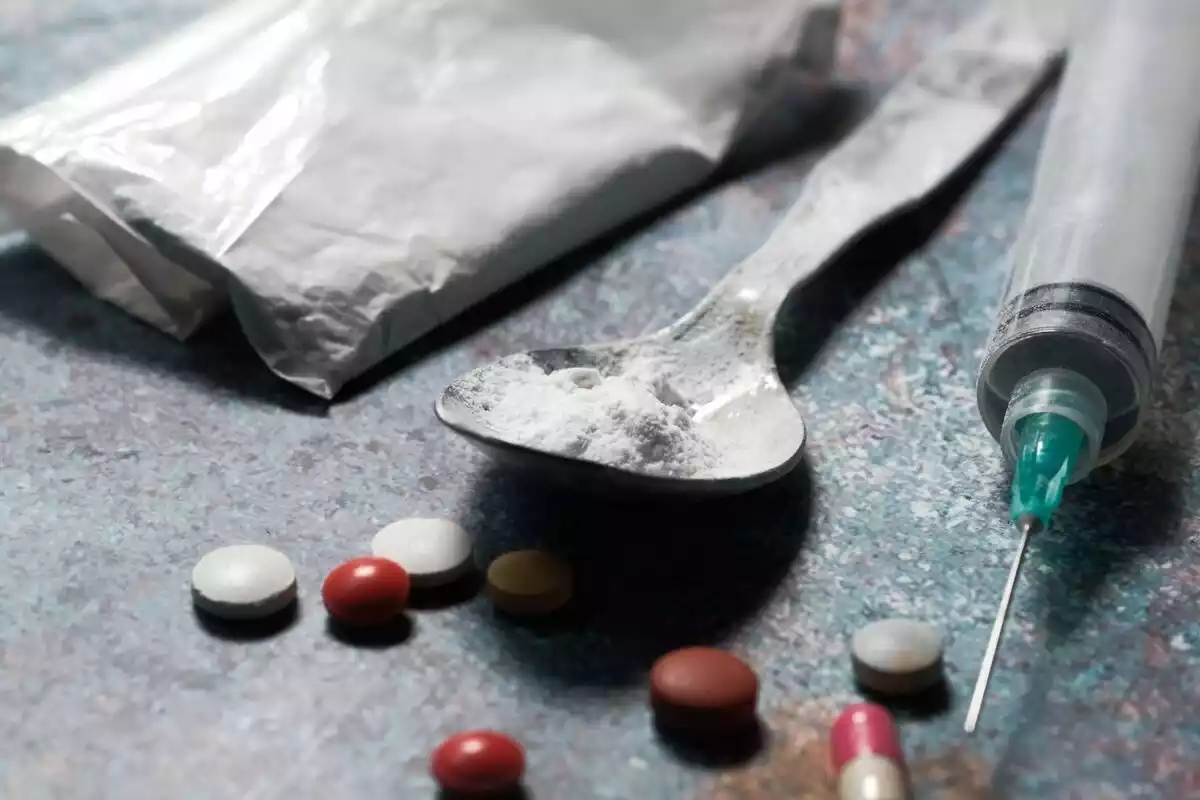
The term "drugs" has an ambiguous understanding if we examine all of its definitions in relevant literature and everyday language. Depending on each description of the word, the psychoactive properties may vary, the potential to cause addiction as well, or the types of physiological reactions that the specific drug causes, be it illegal or not.
This article aims to explain what drugs are, what types exist, and what effects and consequences they have. Risk of causing addiction is also an essential factor to consider, both physical addiction as well as psychological.
What are drugs? Effects and consequences
Generally speaking, drugs refer to any chemical substance that affects the functioning of living things and the organisms that infect them. The World Health Organization (1994) lists the term drugs as any substance used to cure or prevent an illness.
If we follow this pharmacological premise, then we could call any substance, whether designed to cure or intoxicate, a drug. In reality, however, there are two terms used to designate each of them: drug is used for intoxicating substances and medicine for any pharmaceutical product (or pharmaceutical drug).
In colloquial use, the word drugs is employed exclusively in connection to illegal substances which are also called narcotics, or psychedelics. These psychoactive substances alter the functions of our central nervous system (CNS) and cause both wanted and unwanted effects.
In this sense, the word drug is closely related to the meaning of narcotic or psychedelic seeing how each of these substances affect the CNS to a certain degree.
Drug effects and their intensity vary greatly depending on the type of substance we are dealing with. For example, there are stimulant substances and depressant ones (also called sedatives) while others have varying degrees of the same effects, such as caffeine and cocaine.
Another factor to consider is the addiction risk of every drug. This focus area relates to the harmful effects and consequences of drug use which prompted the introduction of terms such as hard drugs and soft drugs.
Finally, drug classification also varies depending on their pharmacokinetics process (specific way of absorption, distribution, metabolization, and excretion) which is not always similar for each substance. For example, certain drugs can be differentiated based on the body part or type of tissue used to administer them.

11 types of drugs: classification and criteria
We will have a look at 11 different drugs and their main characteristics: illegal, legal, stimulants, depressants, narcotics, hallucinogenic, hard, soft, injectable, inhalants, and oral.
The list was compiled considering four primary criteria:
the legal status of the drug (legal or illegal)
the type of effects it has (stimulants, depressants, narcotics, or hallucinogenic)
risk of physical and psychological addiction (hard drugs) or low addictive factor (soft drugs)
method of administering the drug (injected: intravenous, subcutaneous, intramuscular: inhaled, orally)
1. Illegal drugs
When discussing the concept of drugs, it's almost impossible not to think of substances whose purchase and use are sanctioned by the law. The reality, however, is that only illegal drugs should be part of that perception because there are also drugs that have been legalized in most parts of the world, as we're about to discover.
Cocaine, heroin, hallucinogenic mushrooms, and extasy are among the most consumed illegal drugs. On the other hand, substances such as cannabis (marijuana) or amphetamines (speed), depending on the country, have a more ambiguous legal status, being on the borderline between legal and illegal drugs.
For example, while in Mexico the use and distribution of cannabis are illegal, in Uruguay use and dispensation are both legal, although under strict legal supervision.
2. Legal drugs
As priorly mentioned drugs represent all substances that people use with the intention to modify the activity of their central nervous system or alter other aspects of their mental and physical state.
Given this paradigm, it's easy to deduce that many legal substances can also have similar effects which is why these are called legal drugs.
The most popular legal drugs are alcohol (which has more damaging effects than cannabis in the case of abuse) and tobacco (specifically the nicotine contained). Other substances fall under the category of legal drugs, such as caffeinated drinks and those containing theine.
3. Stimulants
Stimulant drugs increase the activity of our central nervous system in various ways. One of the main effects is heightened blood pressure, suppressed appetite, increased energy levels, euphoria, insomnia, and maniacal state (elevated, expansive, or unusually irritable mood) in the case of higher doses.
Stimulant overdose can cause agitation, high body temperature, convulsions, hallucinations and an increased risk of death.
The category of stimulants includes cocaine, amphetamines, antidepressants, caffeine, and tobacco.
4. Depressants
Depressants are drugs that suppress the central nervous system's activity by causing lowered blood pressure, memory loss, sluggishness, and in the case of an overdose they can cause respiratory and cardiac arrest which lead to death.
This type of drug reduces the function of encephalic tissue, small doses inhibit the CNS while higher doses act as depressants, affecting more functions as the amount of substance is increased (Serrano y Diez, 2010).
This category includes anxiolytics, antihistamines, alcohol, and opioids such as heroin, among others.
5. Narcotics (opiates)
Narcotic drugs, also known as opioids, are drugs that induce a pleasant state of relaxation and drowsiness but can also cause partial euphoria, slowed pulse and breathing, and nausea. They are commonly used as analgesics and include opium derivates such as morphine, codeine, methadone, and heroin.
Opioid overdose can cause respiratory depression and death, and it can be identified by a combination of three signs and symptoms referred to as the “opioid overdose triad.” The symptoms of the triad are pinpoint pupils, unconsciousness and respiratory depression.
6. Hallucinogenic (psychedelic) drugs
Hallucinogenic drugs change the way we perceive our surroundings, our emotions, thoughts, and consciousness. In simple terms, hallucinogenic drugs (also called psychedelic) alter our perception by inducing a psychotic state (which can cause hallucinations or delusions).
Other examples of psychedelic substances are psilocybin, present in magic mushrooms (another name for hallucinogenic mushrooms), lysergic acid (LSD), mescaline (found in peyote), as well as other medical products that can cause delirium and visions.
7. Hard drugs
Hard drugs are considered to be substances with a high risk of physical and psychological addiction. In some instances, the same drug can cause a higher psychological addiction, and in others, the physical one is higher.
Cocaine, amphetamines, heroin, methaqualone (brand name Quaalude) and other opioids (morphine and codeine) are clumped together in this category although alcohol and tobacco are also considered hard drugs.
8. Soft drugs
Soft drugs, contrary to their harder correspondents, have a milder addictive potential both physically as well as psychologically. Experts tend to denominate as soft drugs the substances whose frequent use does not significantly interfere with or affect daily life, such as caffeine, tobacco and even marijuana.
Just like the harder drugs mentioned above, the soft ones also vary in the degree of addiction they cause. For example, marijuana can be classified as a soft drug because it creates a moderate psychological addiction and an even milder physical one while heroin, on the other hand, is labeled as a hard drug as it causes severe addiction on both fronts.
9. Injectable drugs
Injectable drugs are substances that can be administered intravenously, intramuscularly, or subcutaneously, generally with the aid of a needle. This type of drugs is also known as parenteral, which denominates the route of administration and in layman's terms, it means drugs that are not ingested.
The absorption of parenterally administered drugs is exceptionally high and the effects immediate.
Examples of injectable drugs are heroin (which can also be smoked), and stimulants such as cocaine and amphetamines (which can also be taken orally).
10. Inhalants
As the name suggests, inhalants are substances which enter the body via inhalation. It is considered an effective method of administration because it avoids all the side effects of gastrointestinal dispensation.
Inhalants take effect rapidly as the pulmonary mucosa absorbs the vapors and transfers the substance into the bloodstream.
The disadvantage, however, is the fact that inhalants damage the tissues in the respiratory system. Examples of inhalants are tobacco (nicotine), crack, marijuana, hashish, and opium, among others.
11. Oral drugs
Oral drugs are substances administered, as the name indicates, via the mouth. The absorption rate tends to be slower than in other methods of administration; however, this depends on the characteristics of the substance and how it interacts with the stomach.
The intestinal tract is the main organ that absorbs these drugs as well as the liver, which is responsible for metabolizing chemicals that enter our body through our bloodstream.
Oral drugs include alcohol and LSD although marijuana can also be administered orally.
Difference between drug dependence and drug addiction
Psychotropic drugs, as we have discovered, are substances that alter our consciousness and offer an escape from reality which is why humans resort to them frequently.
It is essential to understand the meaning of the terms dependence and addiction when discussing substance abuse. The two words are often used interchangeably, but there are essential differences between them. The question now is: "What exactly sets drug dependence apart from drug addiction"?
In medical terms, dependence refers explicitly to a physical condition in which the body has adapted to the presence of a drug. According to the National Institute on Drug Abuse (NIDA), addiction is a “chronic, relapsing brain disease that is characterized by compulsive drug seeking and use, despite harmful consequences.” In other words, addiction is an uncontrollable or overwhelming need to use a drug, and this compulsion is long-lasting and can return unexpectedly after a period of improvement.
Addiction can be physical, when the body adapts to the presence of the drug, psychological when an emotional or mental impulse urges one to continue using the drug and maintain "the high" or both types of addiction could coincide.
This dual addiction manifests itself in the form of compulsion to use the drug, difficulty stopping the use, as well as a series of behaviors that compel the person to obtain the drug by all means necessary.
In this case, drug addiction represents a severe state of dependency characterized by long-term compulsive and problematic use with social and physical repercussions. (Serrano y Diez, 2010)
References:
Encyclopedia Britannica, Drug, https://www.britannica.com/science/drug-chemical-agent
Mendoza Patiño, N. (2008). Desarrollo histórico de los conceptos básicos de la farmacología. En Farmacología Médica (1ª Ed.) . México: Ed. Médica Panamericana.
National Institute of Drug Abuse, NIDA Definition of Addiction, https://www.inspiremalibu.com/nida-defines-addiction/
Serrano, I. y Diez, O.A. (2010). Drogas y conducta. Propiedades, efectos, usos médicos y riesgos potenciales de las drogas psicotrópicas. Universidad Veracruzana: Veracruz, México.
World Health Organization (2007). Lexicon of alcohol and drugs terms published by the World Health Organization. Available at https://www.who.int/substance_abuse/terminology/who_lexicon/en/
World Health Organization (2008). Information sheet on opioid overdose, https://www.who.int/substance_abuse/information-sheet/en/
